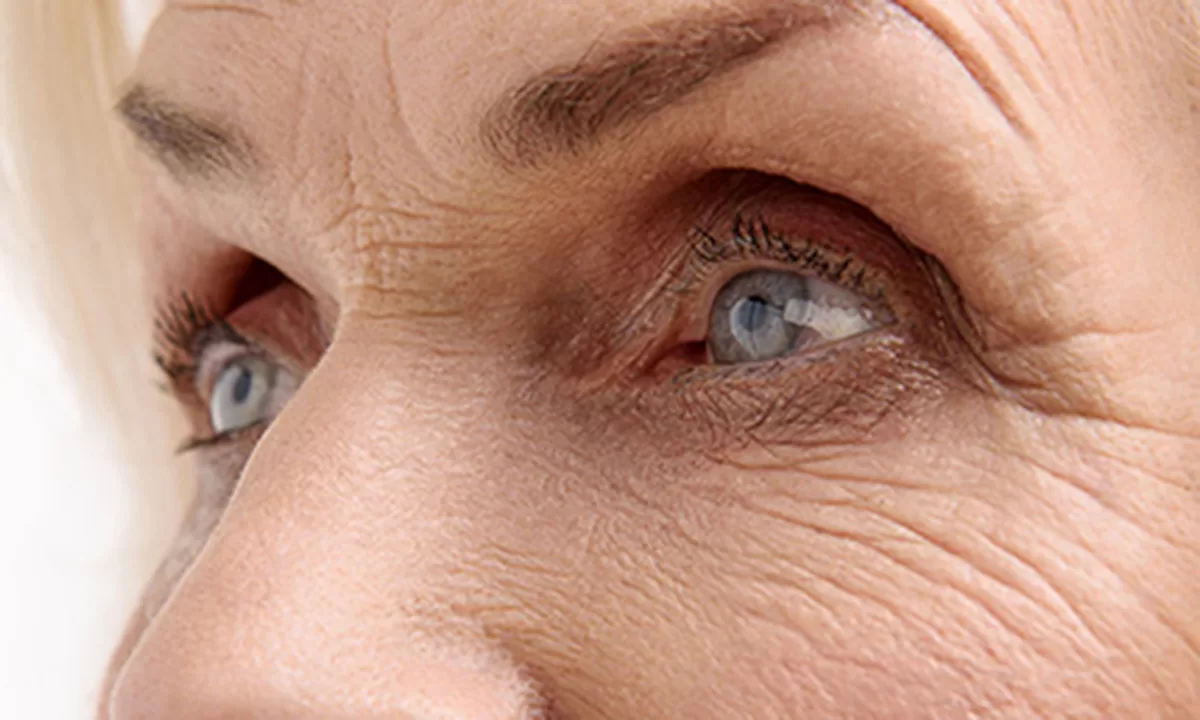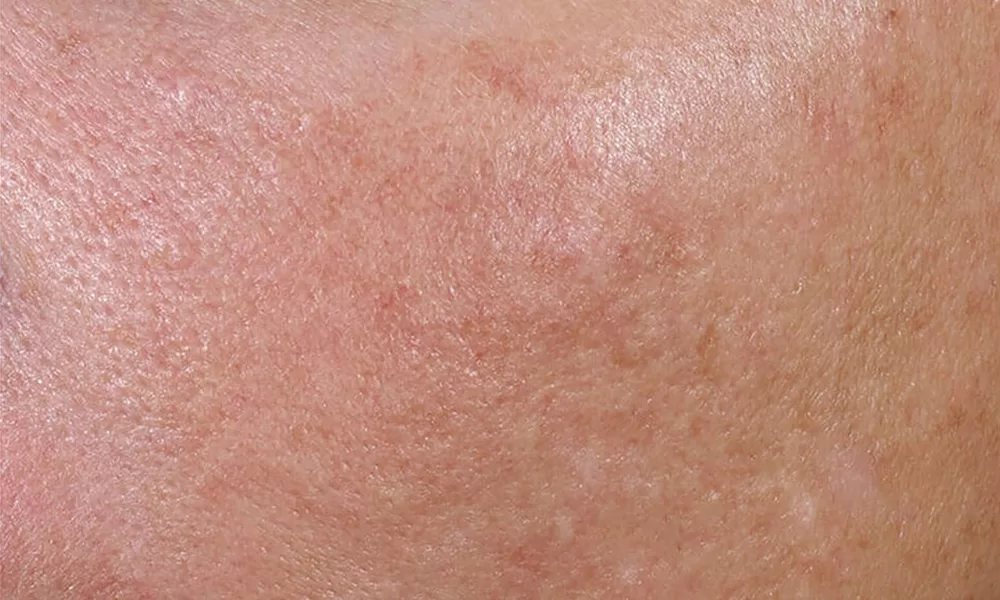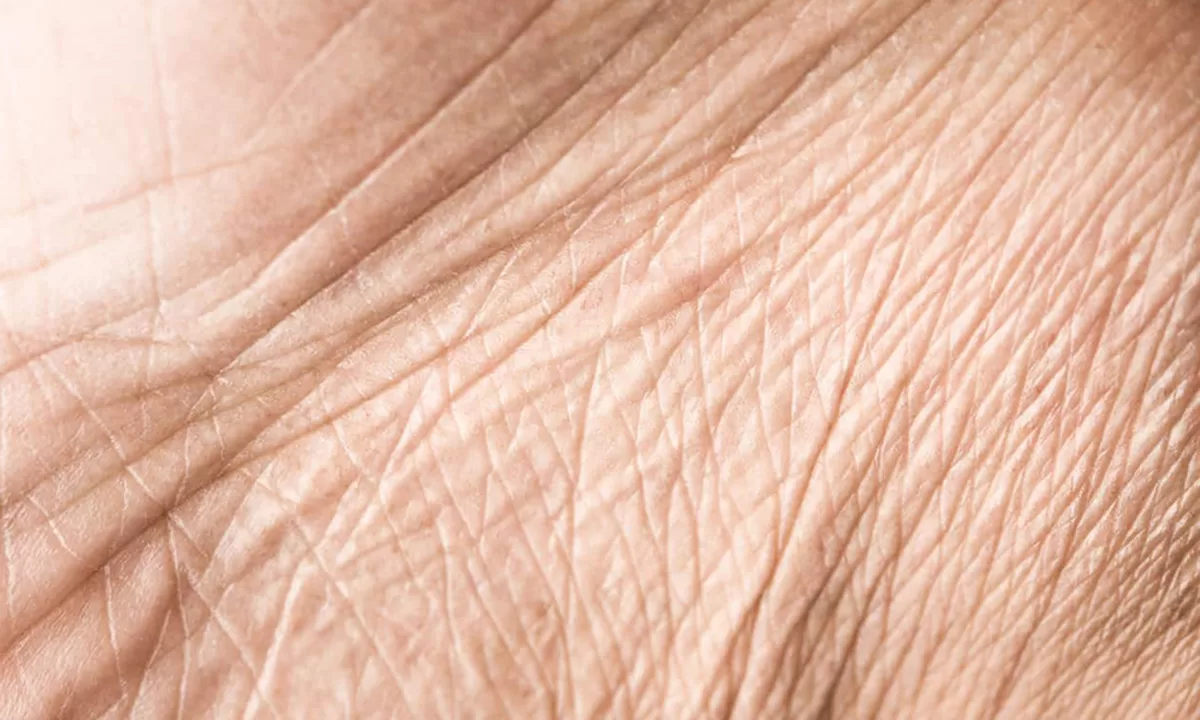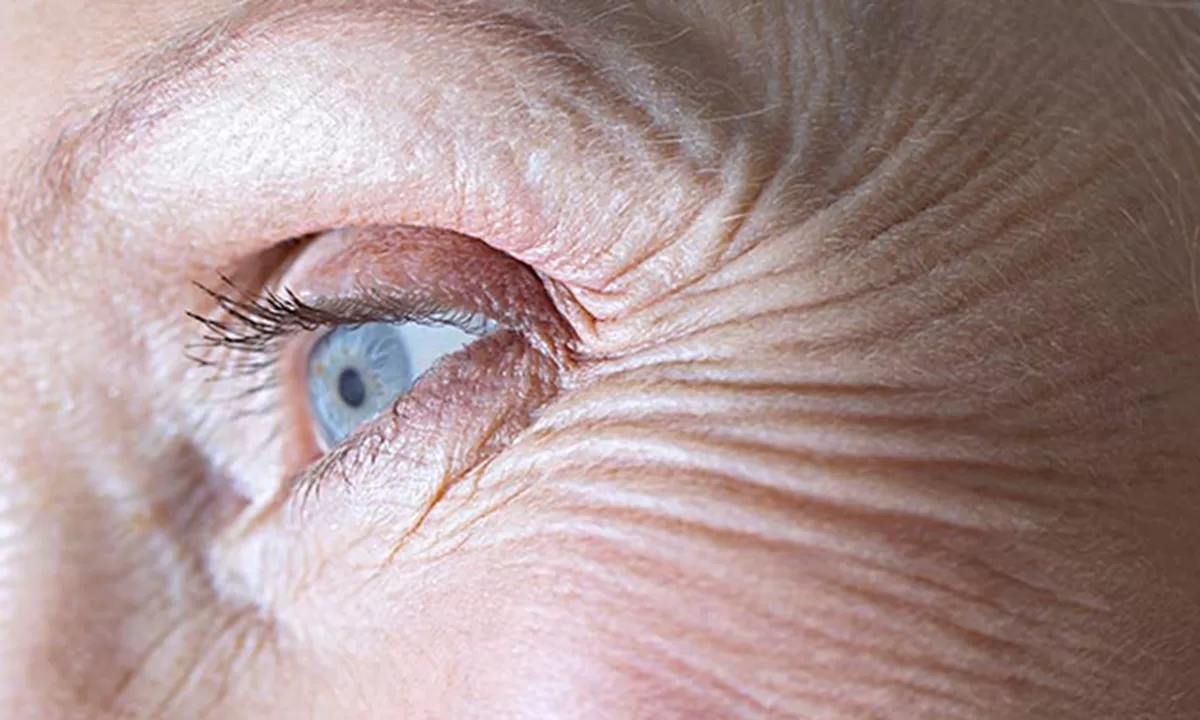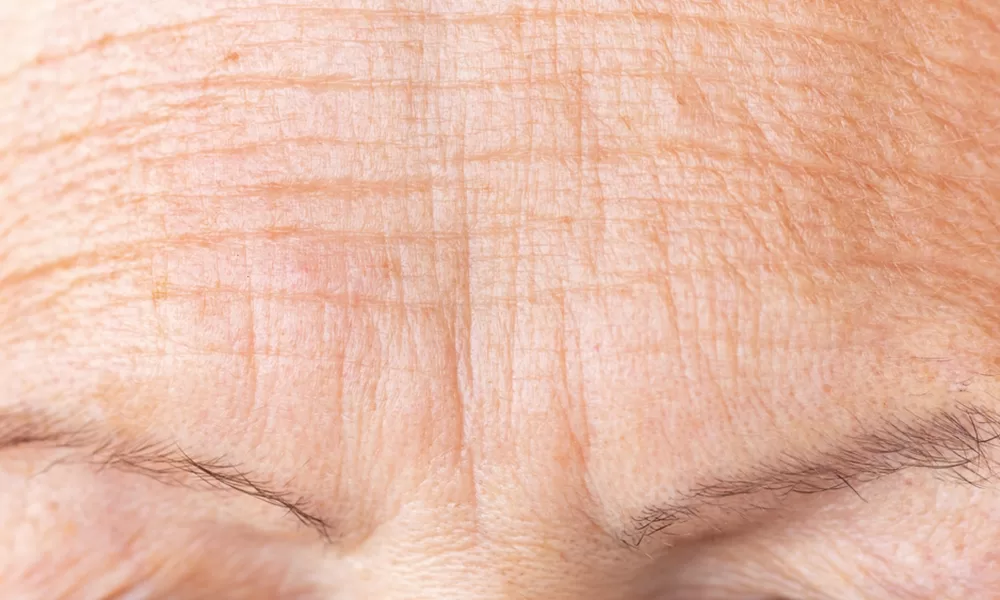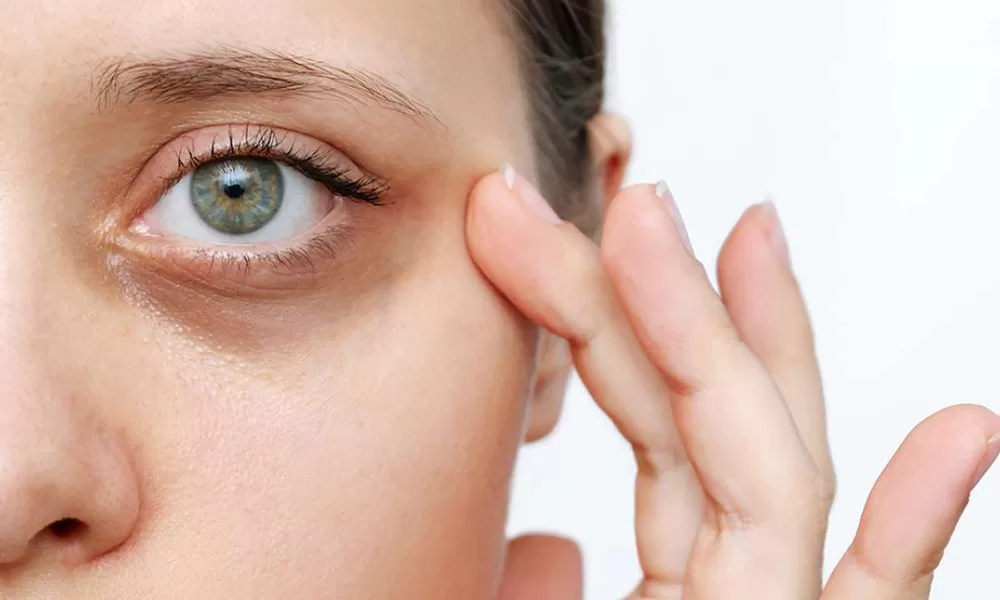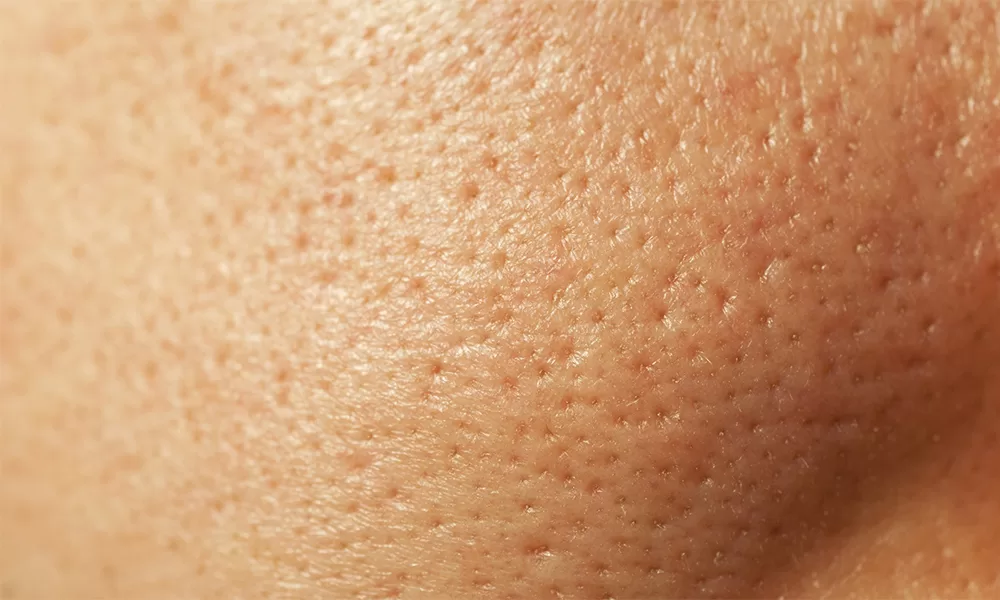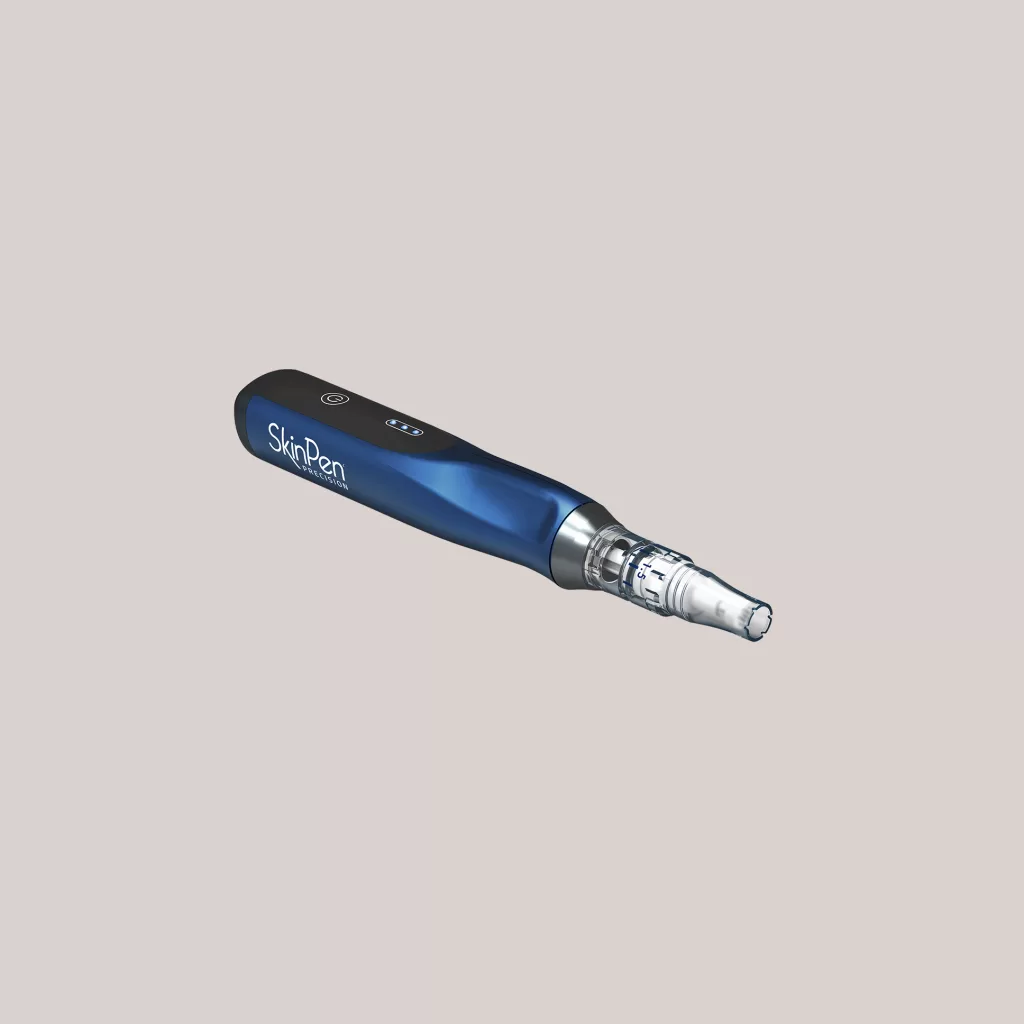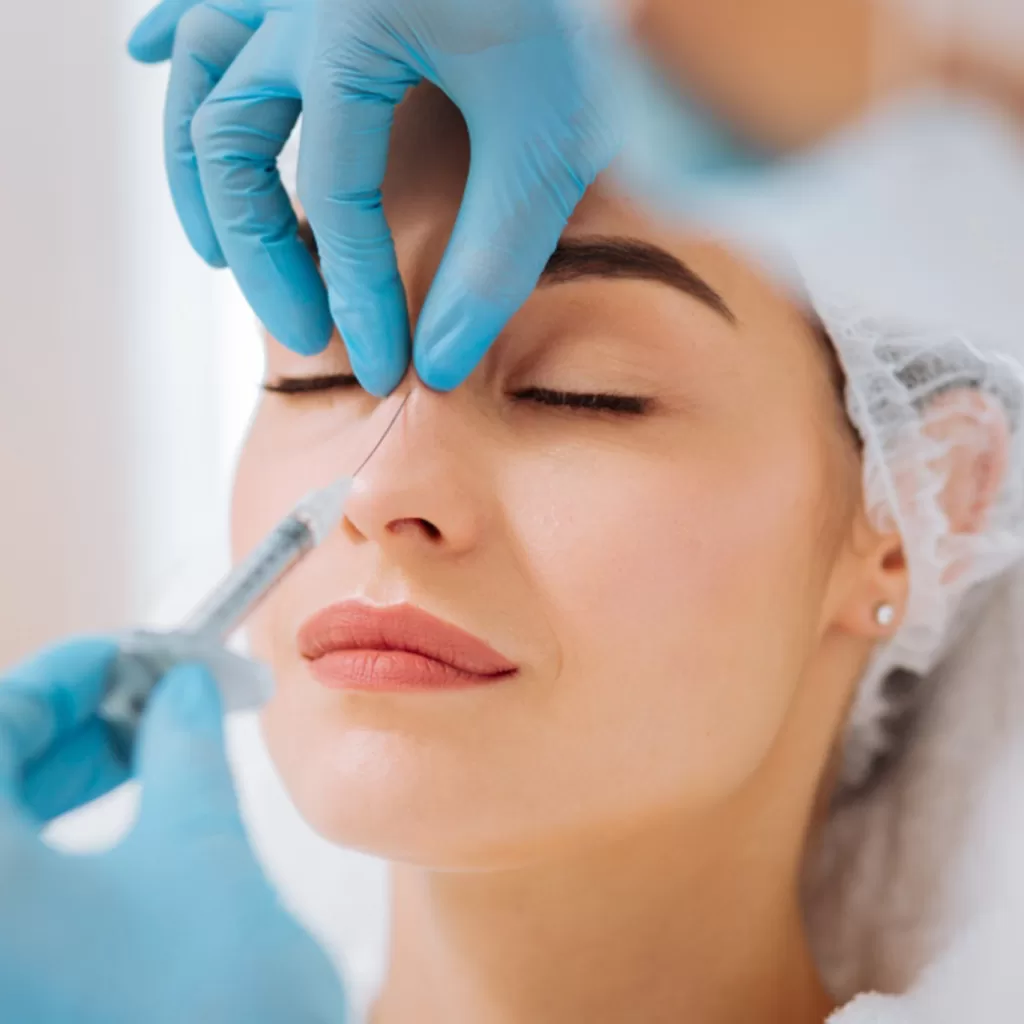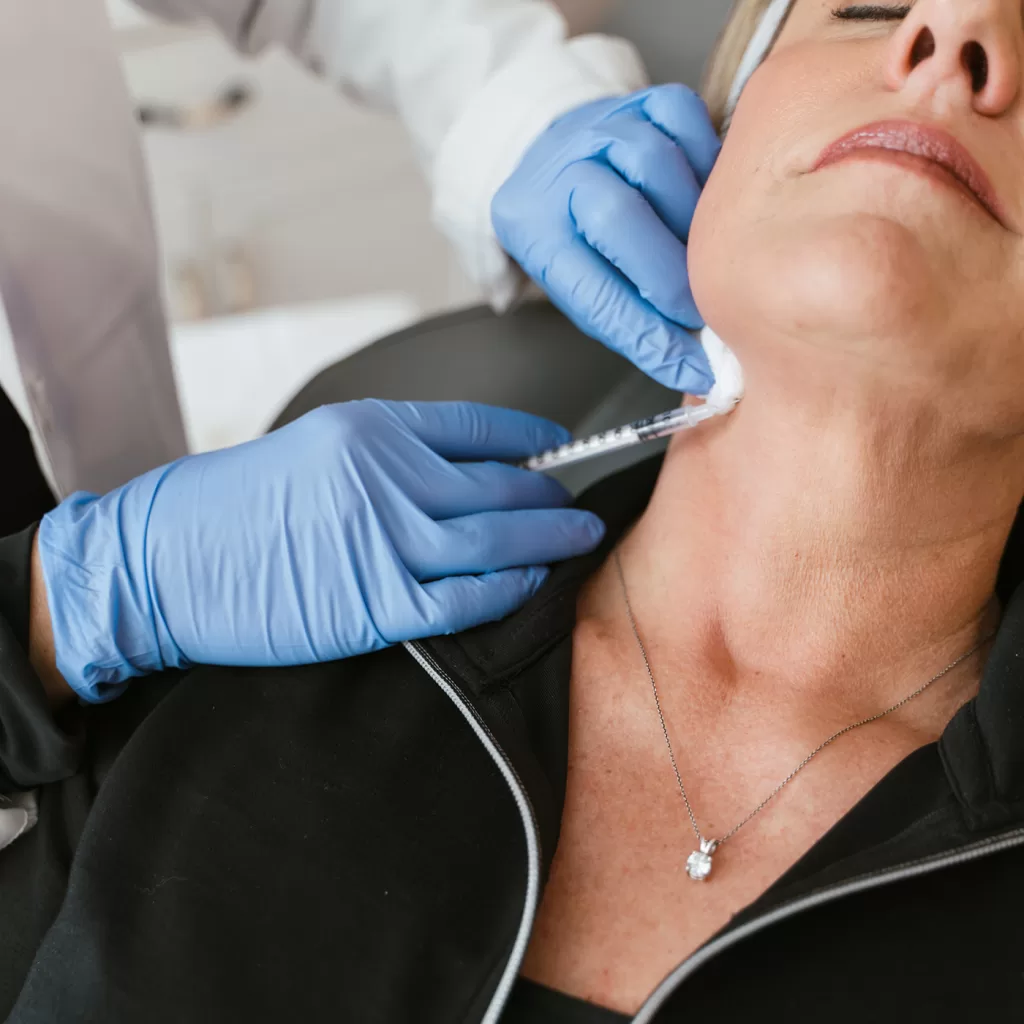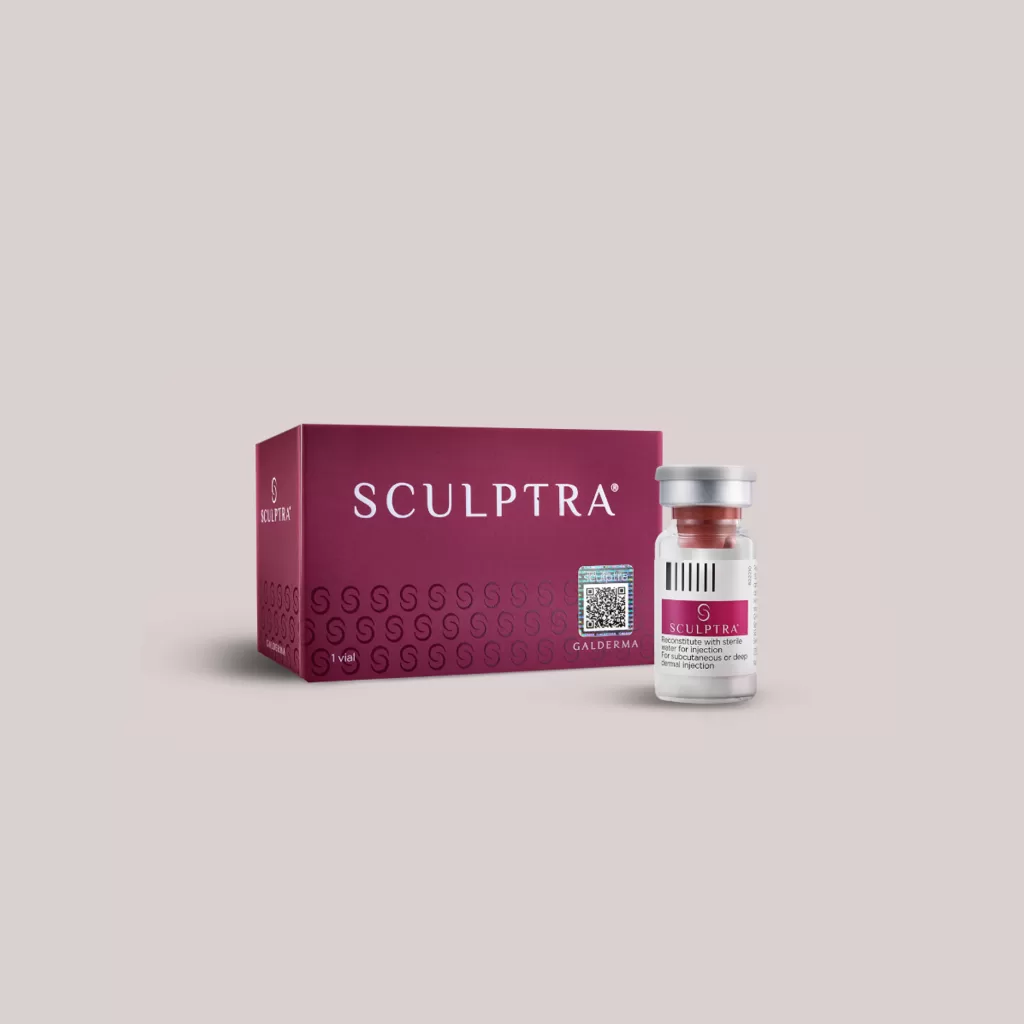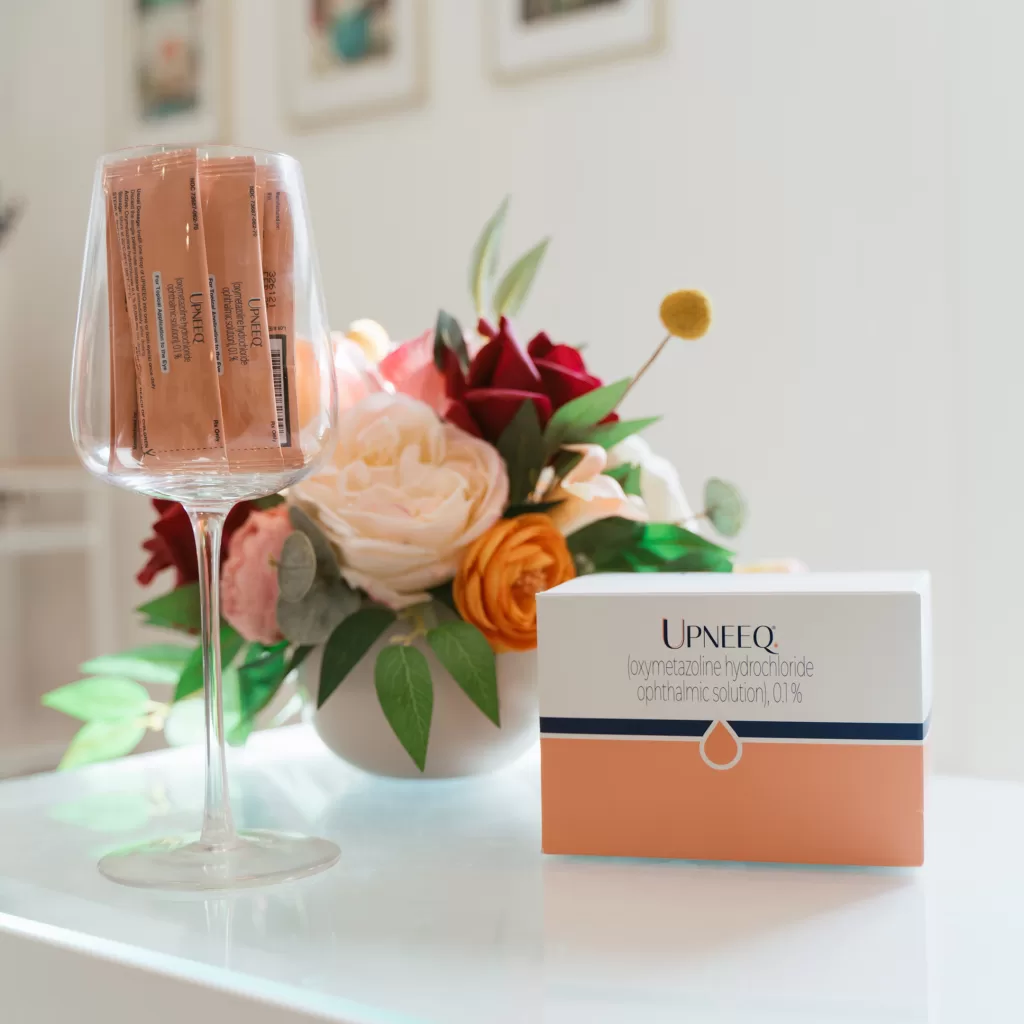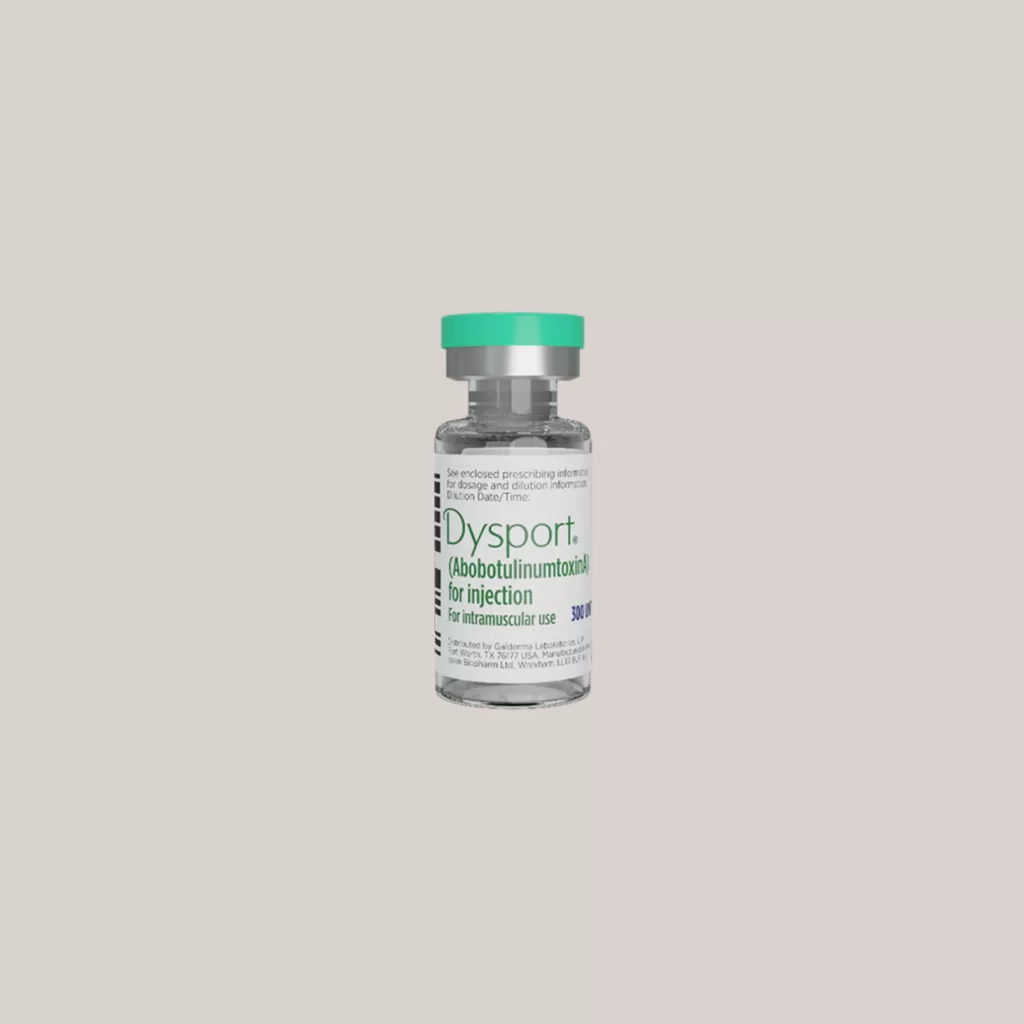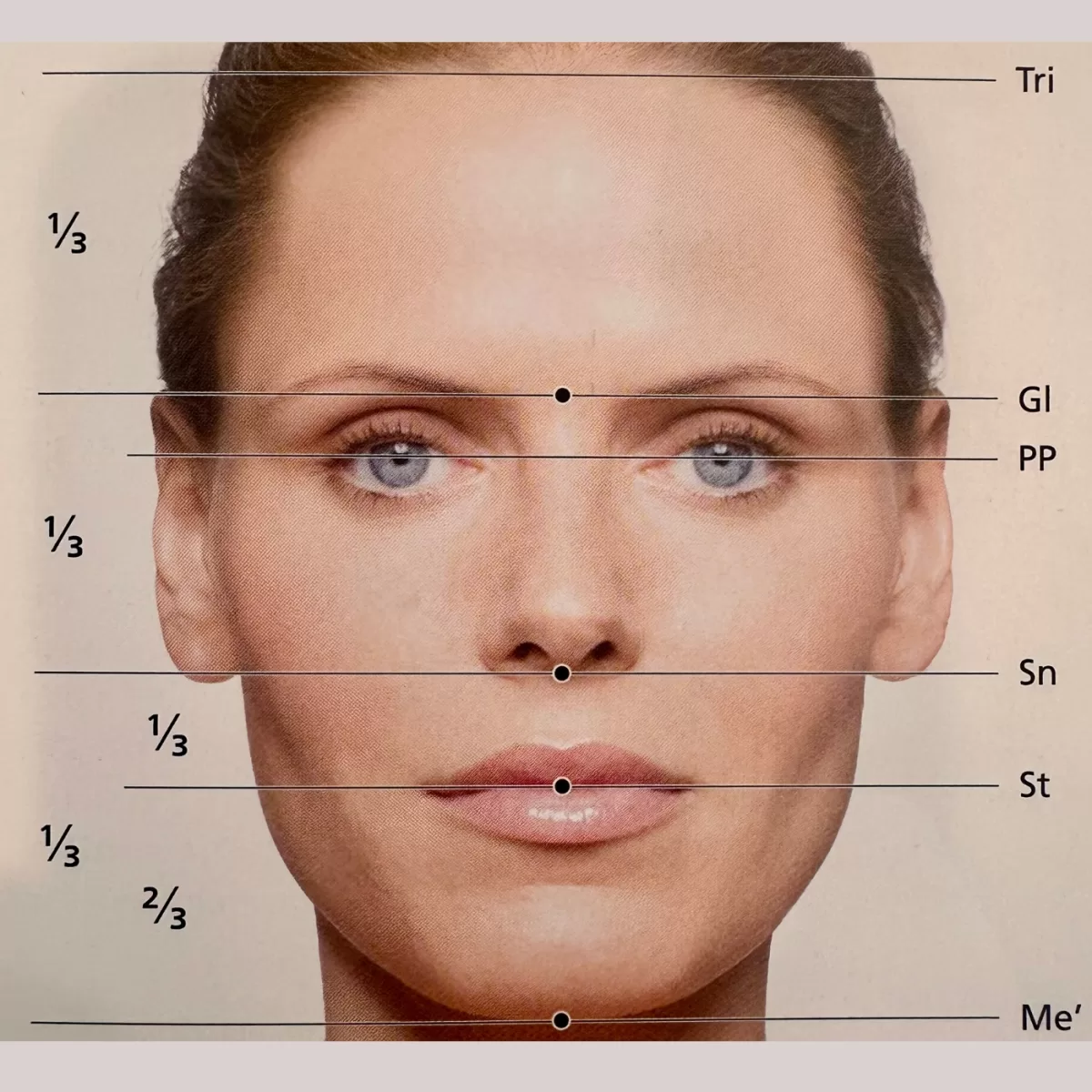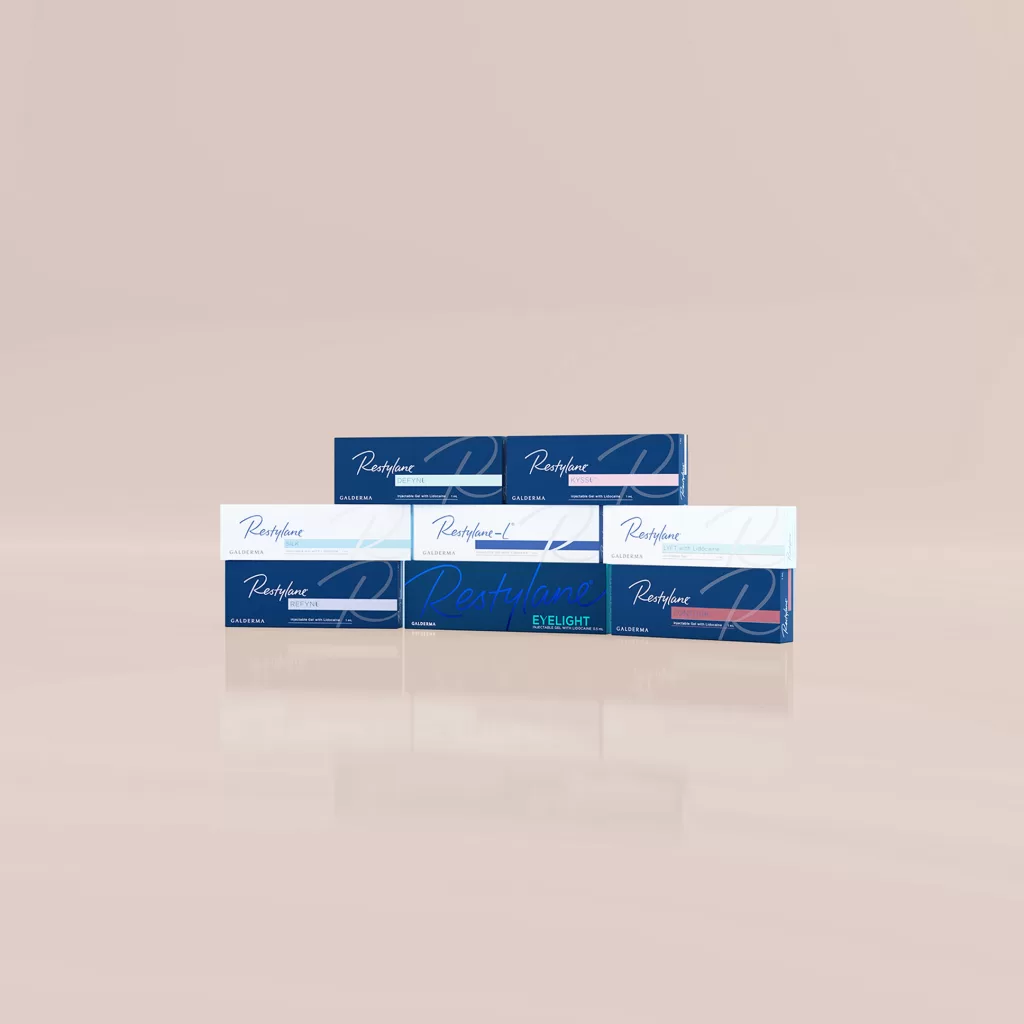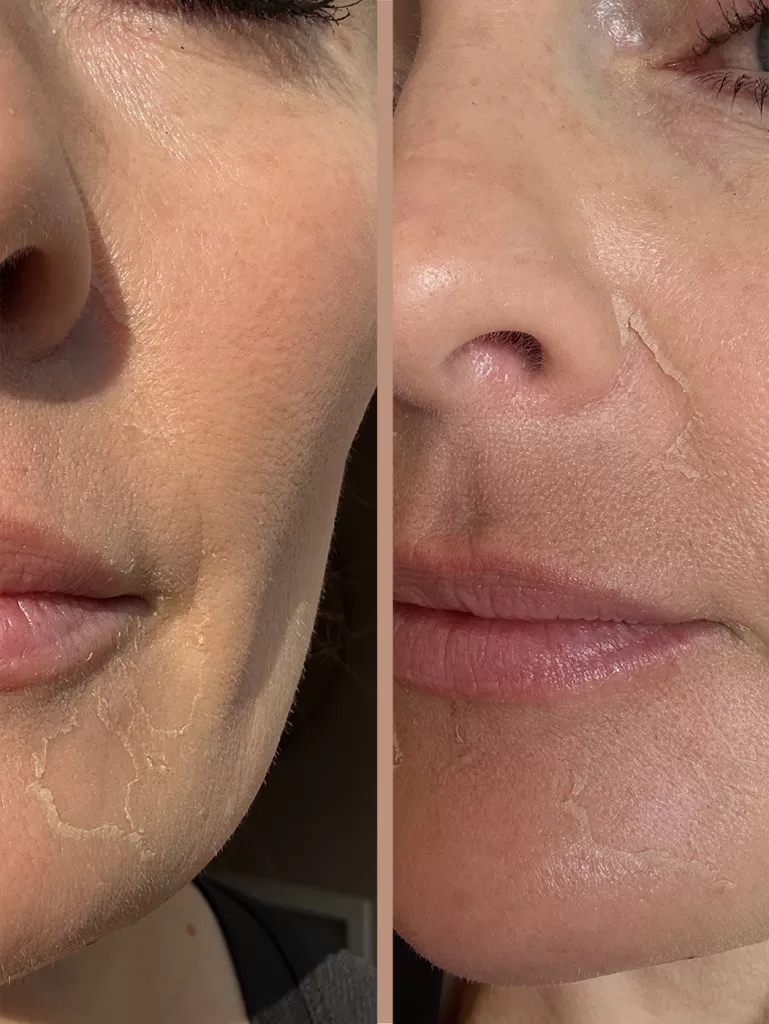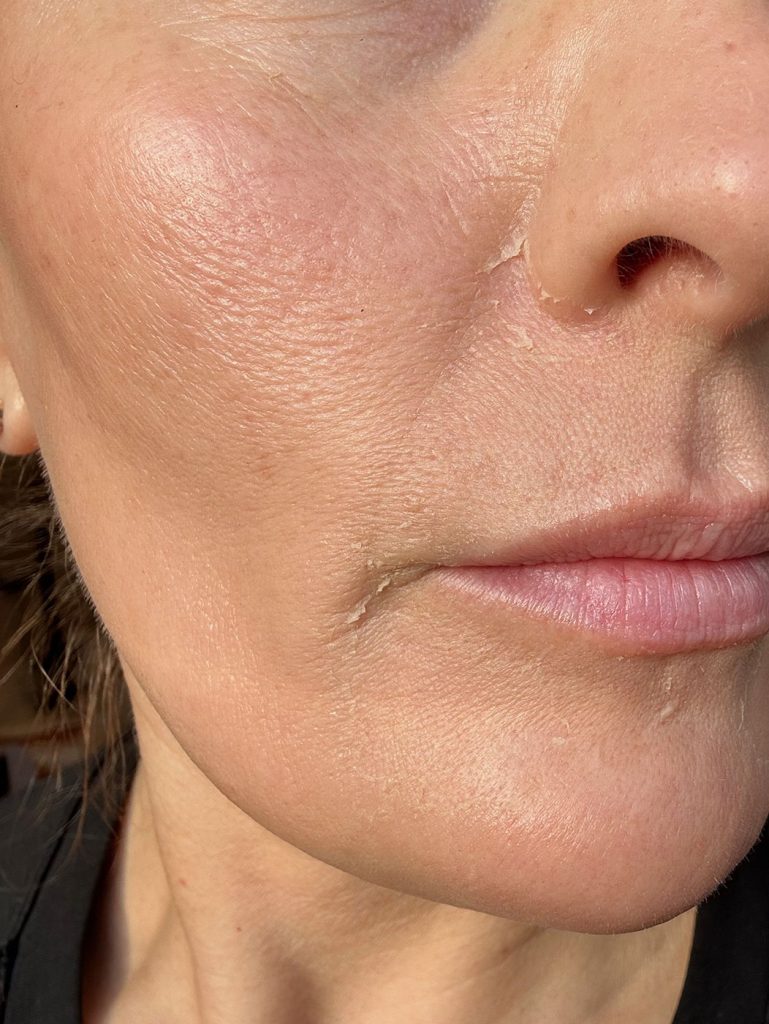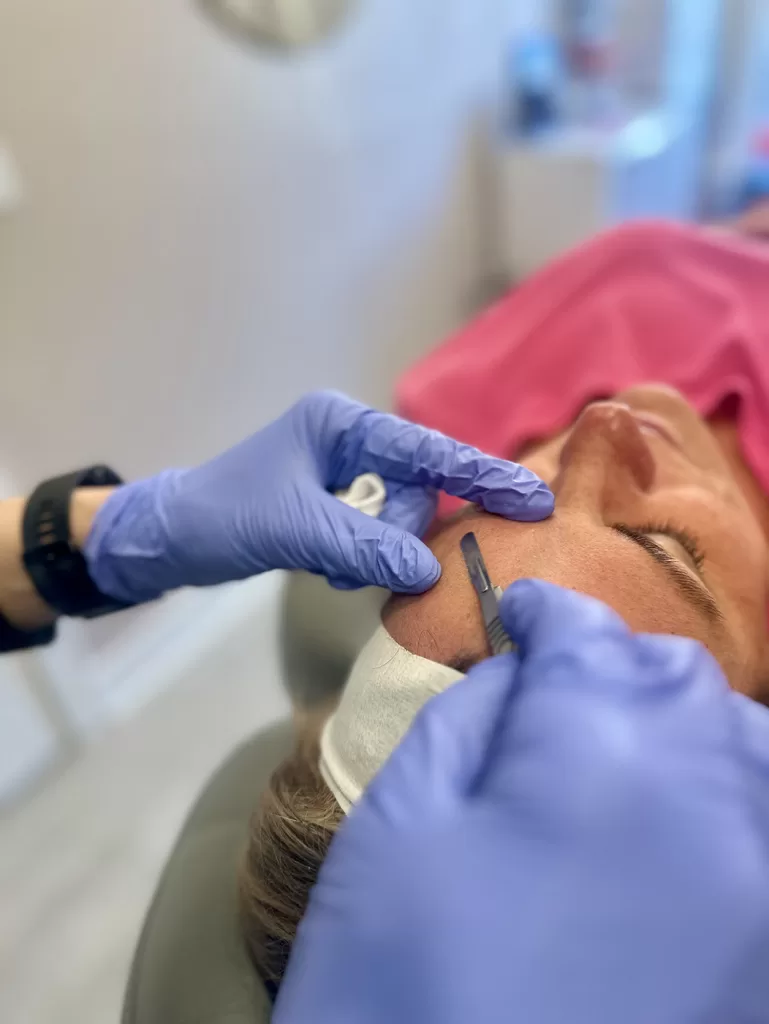What is a VI Peel treatment?
The VI Peel, developed by Vitality Institute Aesthetics, stands out as a medium-strength chemical peel renowned for its efficacy in addressing various skin concerns. This professional, in-office treatment targets a range of issues, from sun damage and aging signs like fine lines and wrinkles to acne breakouts.
Originating from Dr. Abdala F. Kalil’s endeavor to combat his daughter’s acne, this peel penetrates the epidermis and upper dermal layers to unveil smoother, more radiant skin underneath. Known for its adaptability and compatibility with all skin types, the VI Peel boasts a proprietary blend of potent ingredients, including salicylic acid, trichloroacetic acid (TCA), phenol, vitamin C, and retinoic acid.
This unique combination delivers rapid and remarkable results, surpassing the efficacy of peels containing single ingredients and offering shorter recovery times than deeper peels. Due to its potent nature, the VI Peel necessitates administration and oversight by trained medical professionals like those at Direct Aesthetics.
Notably effective for oily, congested skin prone to pigmentation issues and enlarged pores, VI Peel treatments provide a reliable solution for achieving clearer, smoother, and more luminous skin.
What are the pros and cons of a VI Peel treatment?
Pros
- Chemical peels like VI Peels offer a comprehensive approach to anti-aging, effectively addressing multiple skin concerns such as fine lines, enlarged pores, dullness, skin discoloration, breakouts, and acne scars.
- Visible results typically manifest once the skin completes the peeling process, usually about a week following the treatment.
- Compared to alternative in-office procedures like laser resurfacing, VI Peel stands out for its affordability and minimal downtime, making it a more accessible option for many.
- Featuring a built-in anesthetic, VI Peel ensures a comfortable experience during the treatment. While there may be a mild stinging sensation for approximately two minutes upon application, it is generally well-tolerated by most individuals.
- It can be used anywhere on the body, including the neck, chest, and hands.
Cons
- Following the VI Peel treatment, anticipate a few days of “social downtime” typically beginning three to five days post-treatment, especially noticeable with the stronger VI Peel Precision formula.
- Avoid peeling or picking at flaking skin to prevent the risk of infection or scarring. It’s essential to resist the urge for optimal healing.
- Individuals with acne-prone skin may experience purging, characterized by new breakouts post-treatment. While the VI Peel may initially cause blemishes to surface, it effectively purifies blemish-prone skin, addressing acne and acne scars beneath the surface.
- Post-inflammatory hyperpigmentation may occur two or three weeks following treatment, temporarily darkening the targeted discoloration such as melasma. While typically not permanent, it may fade naturally or be treated to expedite resolution.
- Some individuals may require multiple treatments to experience the full benefits of VI Peel, with Direct Aesthetics recommending two to three treatments annually for optimal maintenance of results.
What is VI Peel good for?
A VI Peel treatment addresses a wide range of skin concerns, making it suitable for most individuals. It’s particularly safe for those with olive, medium, or deep skin tones, who may be at higher risk of pigmentation issues from other chemical peels.
At Direct Aesthetics, we offer three specialized VI Peel treatments tailored to specific skin conditions:
- VI Peel Precision Plus incorporates hydroquinone and kojic acid to target dark spots, including sunspots, age spots, and melasma.
- VI Peel Advanced helps enhance collagen stimulation to increase cell turnover and promote a decrease in the loss of elasticity and improve the appearance of fine lines, wrinkles, and rough skin texture. It also helps reduce the appearance of age spots, sun damage, and hyperpigmentation.
- VI Peel Purify with Precision Plus combines acne-fighting ingredients with brightening agents, offering a comprehensive approach to severe acne scarring and skin damage.
Our experts at Direct Aesthetics guide you in selecting the most suitable formula for your skin concerns and determine the optimal number of treatment sessions for achieving desired results.
How much does a VI Peel cost?
VI Peel Advanced
Your Peel for Enhanced Collagen Stimulation
- Softens fine lines and wrinkles
- Soothes away rough skin texture
- Penetrates mature skin
- Stimulates collagen production
VI Peel Precision Plus
Your Peel for Skin Discoloration
- UV Induced Pigmentation
- Sun Damage
- Melasma
- Post-Inflammatory Hyperpigmentation
VI Peel Purify with Precision Plus
Your Peel for Acne & Acne Scarring
- Improve the appearance of acne-prone skin
- Reduce the appearance of acne scars
- Reduce appearance of hyperpigmentation
How should you prepare for your VI Peel treatment?
In the week preceding your peel, you’ll be advised to discontinue the use of prescription retinoids and skincare products containing alpha hydroxy acids (e.g., glycolic acid), beta hydroxy acids (e.g., salicylic acid), or benzoyl peroxide.
Additionally, it’s important to refrain from waxing, electrolysis, depilatory creams, and laser hair removal during this period. These ingredients and treatments have the potential to compromise the skin’s protective barrier temporarily, increasing susceptibility to burning and irritation.
What happens during a VI Peel treatment?
Your appointment at Direct Aesthetics typically lasts 30 minutes or less. We initiate the process by cleansing your face with acetone, which aids in degreasing the skin, allowing the acids and vitamins in the peel solution to effectively penetrate deep into the dermis. Proper degreasing is crucial for optimal results, ensuring adequate penetration of the peel solution.
Subsequently, we apply multiple layers of the solution using cotton-tip applicators, small makeup pads, or a paintbrush. While some tingling or burning sensations may be experienced during application, they are typically transient and well-tolerated by most individuals. Following application, any discomfort should subside, leaving you pain-free. Temporary frosted-white areas may appear on the skin where peeling is expected to be more pronounced.
Once the peel solution has fully penetrated, your provider will apply sunscreen to safeguard your skin. You will leave the office with the solution still on your skin and instructions to rinse it off after four hours. After rinsing, you are free to apply makeup until peeling commences.
Depending on the peel formula used, you may receive three to five towelettes for home use. These towelettes are infused with vitamin C and tretinoin (the active ingredient in Retin-A), enhancing the peel’s exfoliating effects and promoting the shedding of outer skin layers.
As you are responsible for removing the solution at home, your diligence in following post-treatment instructions significantly influences the success of your recovery and the achievement of desired outcomes.
What can you expect during VI Peel recovery?
Immediately following your peel, you may notice that your skin appears darker as pigmentation rises to the surface.
By the second and third days, before the peeling begins, the effects of the chemical peel may not be as evident, allowing you to resume your usual activities. However, adhering closely to your provider’s post-peel instructions is crucial.
While the post-peel protectant provided by the VI Peel manufacturer can cause stinging, we recommend applying a thin layer of Vaseline instead. Additionally, using a gentle moisturizer such as Aquaphor can help alleviate tightness and dryness experienced prior to exfoliation. It’s essential to simplify your skincare routine post-peel and avoid products that cause a burning sensation upon application.
Before the peeling commences, the treated area may feel tight and slightly dry. Utilizing the recommended moisturizer can mitigate discomfort and minimize the appearance of flakiness and peeling once it begins, typically within two to three days post-treatment.
The exfoliation process may vary from mild flaking to more substantial shedding of skin. Moisturizing can alleviate itching, a common discomfort post-peel. The duration of peeling typically spans about a week, with scheduling treatments midweek advisable to manage the peak peeling phase over the weekend.
The extent of exfoliation is influenced by individual skin types and skincare habits, such as the use of Retin-A or vitamin C products, which already prompt shedding of outer skin layers.
Resist the urge to pick or peel the skin during this phase, as it can lead to adverse effects such as bleeding, prolonged redness, hyperpigmentation, and scarring. Instead, maintain hydration by applying additional moisturizer to facilitate the shedding of flakes without harming the underlying skin.
Following the peel, expect sensitivity and potential redness, particularly if you have fair skin. However, any remaining flaking and redness should be easier to manage and conceal.
The degree of peeling experienced does not correlate with the effectiveness of the treatment, as individual responses vary. VI Peel penetrates deeply into the dermis to address underlying damage, irrespective of the extent of peeling.
Sun protection is paramount during the healing process, as chemically treated skin is highly sensitive. Strict sun avoidance is advised initially, followed by diligent use of a broad-spectrum sunscreen with an SPF of 30 or higher. Consider incorporating antioxidants into your skincare routine for added protection against pollution and blue light.
Read more: Chemical Peel Recovery Process
How long do VI Peel results last?
You’ll witness your ultimate outcomes approximately seven days post-peel completion, although the duration of your results varies from person to person. For many, even a single peel can yield noticeable and often striking improvements. VI Peel typically targets the outermost skin layers, revealing fresh skin once the exfoliation process is complete.
However, it’s important to recognize that achieving optimal results may necessitate a series of treatments. Response to VI Peel varies individually, influencing the number of sessions required for ideal outcomes. Generally, most individuals experience significant improvements after two or three treatments.
VI Aesthetics, the manufacturer of the peel, recommends an initial series of up to four treatments, with the treatment frequency tailored to your skin type. Patient tolerance levels vary, with some able to undergo VI Peels every two weeks, while others opt for treatments spaced four weeks apart.
Once desired results are attained, periodic follow-up treatments every three months can help sustain them. Diligent skincare practices, including daily sunscreen application, can further prolong the longevity of your results.
What are the risks and potential side effects of a VI chemical peel treatment?
The VI Peel is widely regarded as safe, with minimal risks of complications.
One potential risk associated with all chemical peels is alterations in pigmentation, leading to areas of skin becoming darker or lighter than the surrounding skin. You can mitigate this risk by refraining from strenuous activities that induce sweating or significantly elevate body temperature during the initial three to four days post-treatment, as these activities may result in blistering or hyperpigmentation.
Individuals with brown skin are particularly susceptible to hyperpigmentation. While the risk with VI Peel is lower compared to other medium-strength peels, hyperpigmentation remains a possibility following any chemical peel due to inflammation-induced pigment deposits. If you have an olive, brown, or deep skin tone, we’ll assist you in assessing whether this treatment is suitable for you and ensure strict adherence to all recovery guidelines.
Hyperpigmentation typically resolves on its own over time, although the use of topical products can expedite the process.
As chemical solutions used in peels can pose a risk to the eyes, it’s advisable to wear protective eyewear during the procedure and keep your eyes closed as a precautionary measure.
Although rare, scarring may occur following a VI Peel. The best approach to minimize the risk of scarring is to allow peeling or flaking skin to naturally slough off during the recovery period.
Furthermore, individuals with a history of cold sores (HSV-1) are at risk of reactivation. To mitigate this risk, it’s recommended to request a prescription for antiviral medication prior to undergoing the treatment.
